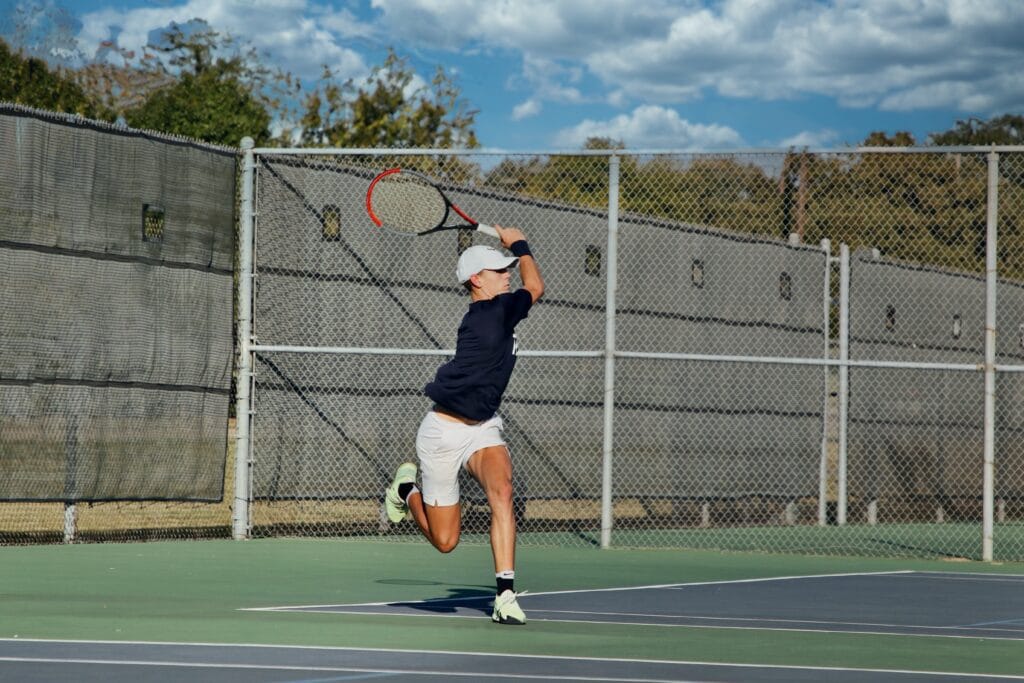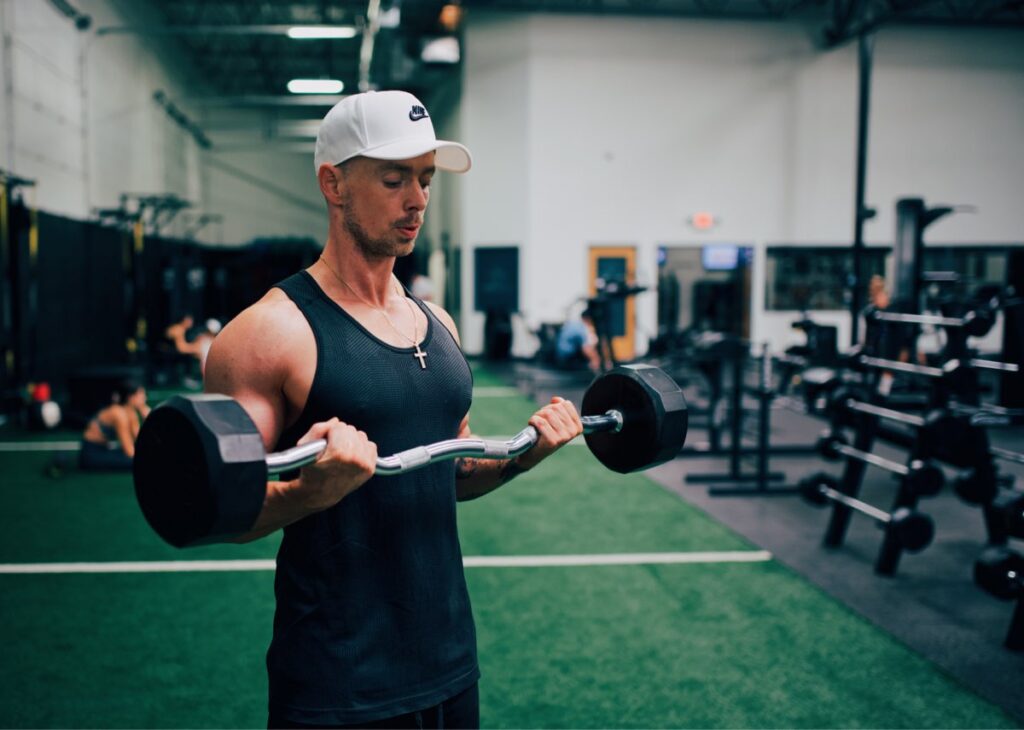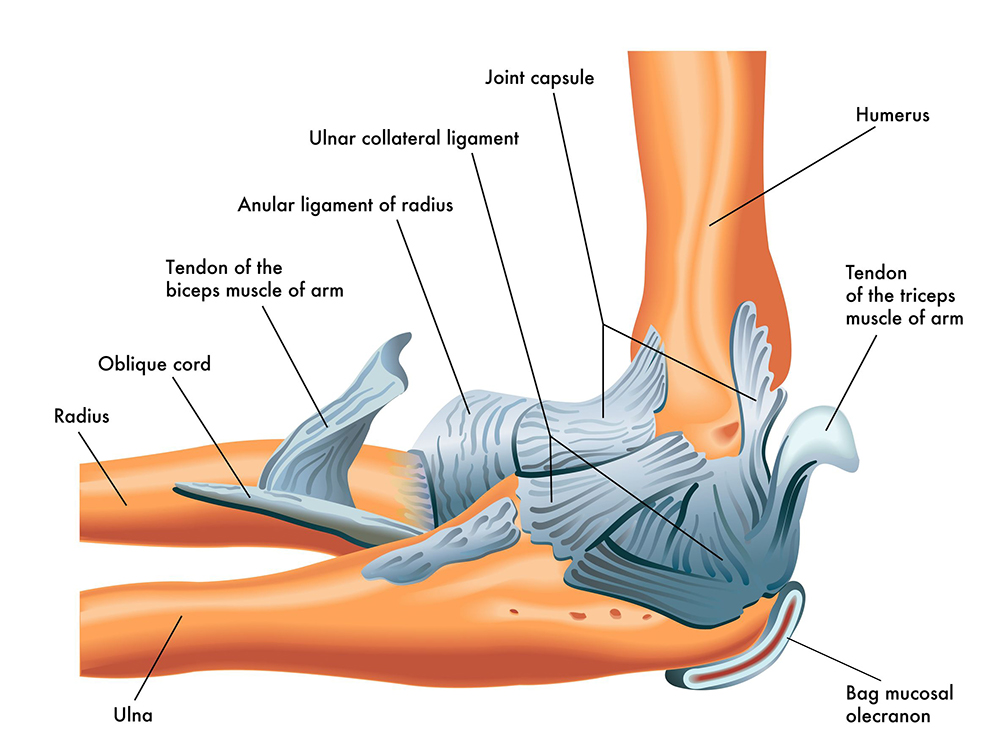When Should You See a Doctor for Elbow Pain?
The elbow is a complex structure composed of bones, joints, ligaments, tendons, muscles, and nerves. When these components function correctly, the elbow enables smooth flexion and extension, as well as rotation of the forearm and hand. Essentially, the elbow’s primary role is to offer mobility while stabilizing the lower arm and hand. If you experience discomfort or pain in this area, it’s crucial to consult with a specialized doctor for elbow pain. Seeking expert care can help maintain the elbow’s optimal function and prevent further issues.
Elbow joint pain often occurs when one or more parts of the elbow or its surrounding structures are injured or malfunctioning. If you experience persistent discomfort, it’s crucial to address it promptly. While some cases of elbow pain can be managed with effective home treatments, others necessitate professional medical intervention. Consulting a healthcare provider ensures proper diagnosis and appropriate treatment, especially for more severe injuries.
Elbow Pain Causes
Elbow pain often results from overuse. Many jobs, sports, hobbies, and workouts involve repetitive hand, wrist, or arm motions. These repetitive activities can cause various overuse injuries. Although tennis elbow and golfer’s elbow are frequently linked to their namesakes, you don’t need to play tennis or golf to experience these injuries. Overuse injuries can affect anyone engaged in repetitive tasks.
Painters, plumbers, cooks, musicians and anyone whose work requires repetitive motions with the hand, wrist or arm may experience elbow pain. Likewise, elbow pain when lifting is common in people who regularly lift weights or move and lift things as part of their profession.
What Type of Doctor Do You See for Elbow Pain?
Elbow pain often results from various causes. For some, simple home care and rest are effective treatments. However, both common elbow injuries and more severe conditions from impact or trauma necessitate professional care. Consulting an elbow specialist is crucial for accurate diagnosis and effective treatment. Addressing these issues promptly can prevent further complications and ensure a faster recovery.
Orthopedic elbow specialists are medical doctors that treat the musculoskeletal system and have completed additional years of training focused specifically on the elbow. Depending on the injury and scope of treatment, evaluation by an orthopedic elbow surgeon may be necessary.

Common Elbow Injuries
Tennis Elbow
Lateral epicondylitis, commonly called tennis elbow, is a repetitive stress injury. This condition occurs when the tendons connecting forearm muscles to the outer elbow become inflamed and may develop microtears. As a result, individuals experience pain on the outer part of the elbow. This pain typically arises from repetitive movements and stress, leading to significant discomfort and reduced mobility.
Golfer’s Elbow
Golfer’s elbow, also known as medial epicondylitis, is a common repetitive stress injury. Unlike tennis elbow, which affects the outer elbow, golfer’s elbow targets the inner elbow. This condition arises from damage to the muscles and tendons responsible for wrist and finger movements. Consequently, it causes pain on the inside of the elbow. Addressing golfer’s elbow promptly can prevent further complications and aid in a faster recovery.
Ulnar Collateral Ligament Injury
The ulnar collateral ligament (UCL) stabilizes the inside of the elbow as it flexes and extends. UCL injuries are most often due to repetitive stress from overhead movement and are most common in athletes who compete in throwing sports. Baseball pitchers, in particular, suffer from UCL tears that require Tommy John surgery.
Biceps and Triceps Tendinitis
Biceps and triceps tendon injuries can occur near the shoulder, in the muscle in the middle of the upper arm or in the tendons that connect the biceps and triceps to the elbow. Tendinitis occurs when one or more of the biceps or triceps tendons are irritated or injured.

Osteoarthritis
Osteoarthritis of the elbow is a common “wear and tear” injury. This condition occurs when the cartilage surface of the elbow deteriorates or becomes damaged. As a result, patients experience significant pain and stiffness. Additionally, elbow osteoarthritis can stem from previous trauma. For example, a dislocated elbow, fractured arm, or elbow fracture may contribute to this condition. Addressing these underlying issues is crucial for effective treatment and pain relief.
Cubital Tunnel Syndrome
Cubital tunnel syndrome (also known as ulnar nerve entrapment) occurs when the ulnar nerve, which passes through a tunnel of bone, ligament and muscle (cubital tunnel) on the inside of the elbow is irritated, swollen or inflamed.
Stress Fractures
Blunt force trauma often leads to stress fractures in the olecranon, the bony tip of the ulna at the elbow. These fractures occur precisely where the ulna’s end meets the elbow joint. When subjected to significant force, this area can sustain cracks or fractures. Consequently, proper diagnosis and treatment are essential to ensure full recovery and prevent complications.
Dislocated Elbow
A dislocated elbow happens when the forearm bones—the ulna and radius—shift out of alignment with the upper arm bone, the humerus. These three bones converge at the elbow joint. Typically, dislocations result from direct trauma to this joint. Blunt force is the most common cause of such injuries.
When to See a Doctor for Elbow Pain
If you experience a severe traumatic injury, such as a bone that is broken or protruding, or notice a noticeable deformity in your elbow, it is crucial to seek emergency care immediately. Timely intervention is essential to address such injuries effectively and prevent further complications. Prioritize your health by visiting an emergency facility without delay.
You should call an orthopedic elbow specialist if:
- You’re having difficulty or are unable to move your elbow normally
- You’re unable to use your arm or rotate your hand and wrist
- You’re experiencing severe pain, bruising or swelling on or around your elbow joint
You should schedule an appointment with an elbow specialist if:
- You’re experiencing pain even when you’re not using your arm
- Your pain, swelling or redness increases
- Your elbow pain doesn’t improve with RICE (see below)
- The type of pain changes
- There is new swelling, redness or a lump on or around your elbow
- The pain returns when you resume normal activities
Home Treatments
Depending on the injury, most elbow pain treatments can be done at home. The first step is to protect the elbow from further injury – which means limiting repetitive movements, lifting, etc.
Once the elbow is protected, follow the RICE protocol.
Rest: Avoid the activity that caused the injury and stop all painful activities.
Ice: If the elbow is swollen, apply ice for 15 to 20 minutes one to three times a day to reduce swelling.
Compression: Follow icing with a compression bandage to help further reduce swelling.
Elevation. Keep the hand, wrist and elbow elevated.
If needed, non-steroidal anti-inflammatory drugs (NSAIDs) can be used to relive pain and bring down swelling.
If you’re experiencing elbow pain and would like to talk to one of our orthopedic elbow surgeons, or if you have questions about your elbow injury, please contact us or comment below.

11 Comments
Permalink
hi i Michael i have problem in left elbow from 15 years ago i can’t move any more
Permalink
Hi Michael,
We’re sorry to hear about your elbow problem. It sounds like this has been a long-standing issue for you. While we can’t provide specific medical advice without a consultation, we recommend you seek the expertise of an orthopedic specialist. They can assess your condition and recommend appropriate treatment options to improve your elbow mobility and reduce discomfort.
Permalink
I’ve experienced an unusual elbow pain while sleeping only in the last 6 months. The pain is occasionally enough to wake me up. The pain is a deep, dry, arthritic ache in the outter elbow and pain will subside in 5-10 minutes. Any ideas what’s causing this?
Permalink
Hi Christina, if you’re experiencing elbow pain, particularly if it’s interrupting your sleep, there could be a multitude of factors at play. Tenderness in the elbow can be caused by a variety of conditions, including Tennis Elbow, Golfer’s Elbow, Cubital Tunnel Syndrome, Arthritis, and overuse.
It’s crucial to schedule an appointment with a healthcare professional to obtain a correct diagnosis and discuss your symptoms in detail. Diagnostic tests, such as X-rays or an MRI, may be recommended to uncover the root cause of your elbow pain. Once the diagnosis is determined, treatment options may include rest, physical therapy, anti-inflammatory medications, bracing, or other interventions. Your healthcare provider can create a personalized treatment plan depending on their evaluation of your condition.
Permalink
I slipped twice recently and fell on my right elbow,since then I’ve had pain when I use it,what is your advice?
Ps.ive had tingling but that is gone now
Permalink
if there is no significant elbow swelling give it time.
Permalink
Hi. I dont do sports, work in a office, only doing the normal home choirs etc. About a month ago I started getting terrible sharp pains through my left elbow, since than my elbow is very sensitive to touch and very painfull. Ro straighten my arm is extremely painfull. I have not been able to do washing etc. What happened what can I do to stop the pain?
Permalink
The most common types of elbow injuries are non-traumatic and due to overuse. The pain occurs on the outside or inside of the elbow. This is where the wrist extensor and wrist flexor tendon bundles are, respectively. There are many on-line resources on how to stretch and strengthen these areas. Search for medial epicondylitis (golfer’s elbow) or lateral epicondylitis (tennis elbow).
Permalink
I have bee working out with weights since i was in my early twenties, i am 54(M).
I have been having elbow pain, tennis elbow, on the outside of the elbow joint, radiating down my forearm.
The common tennis elbow strap helps with pain but i still carry on working out and using elbow support. During or after the exercise i dont feel much pain but recently i have taken a break , it has been three weeks since i went to the gym last and my pain on both elbows are getting worse. when i lift weights , i feel less pain and easy to move my elbow point.
But at the moment, the pain is there even if i move my arm slightly and it feels very stiff during the day.
Should i start exercising again to reduce the pain or am i just masking it?
Thanks,
Mr T Su
Permalink
Hi, I have recently started working out after a 5-year long break, I am 35 years old & considerably overweight now (123KG) and hasn’t been doing anything at all in the past 5 years.
As a start for my workout plans I’ve been doing 10-15 mins warmup exercises since last couple of days (stretching, jumping jacks, push-up etc), as for the push-up I was hardly able to complete 3 reps compared to 15-20 which i used to do in the past.
So yesterday after the warm-up I started push-workouts with light weight dumbbells (4KG) did around 2-3 sets (15reps) of flat bench press, overhead tricep press , close grip press & Arnold press. The plan was to just start with some light workouts but I think I messed up a little bit, the rush of working out after a long time kind of got me there.
Since today morning i am feeling a pain on the bursa area of my elbow joint, the pain is felt only when i overly stretch or bend my elbow. This is probably because of my overweight but I am not exactly sure which one caused it the poorly executed push-ups or excessive (for the current state of my body) dumbbell workouts.
I understand if the pain persists I need to see a doctor but if the pain fades away should I hold off weight training for a while or should I resume with lighter weights.
Permalink
Hi Nikhil,
Two weeks of rest and ice is the first thing a doctor would recommend you try for this type of situation. During your two week rest period do not do any lifting over 5lbs with the affected arm. Ice your elbow daily, 15 minutes on and 15 minutes off.
After your two week rest period, as long as the pain has resolved, slowly get back into lifting. Start with light weight and build up to heavier weight as your body allows. If you feel pain when trying heavier weights, you should go back down to a lighter weight until your body is stronger and able to handle more weight without getting injured.